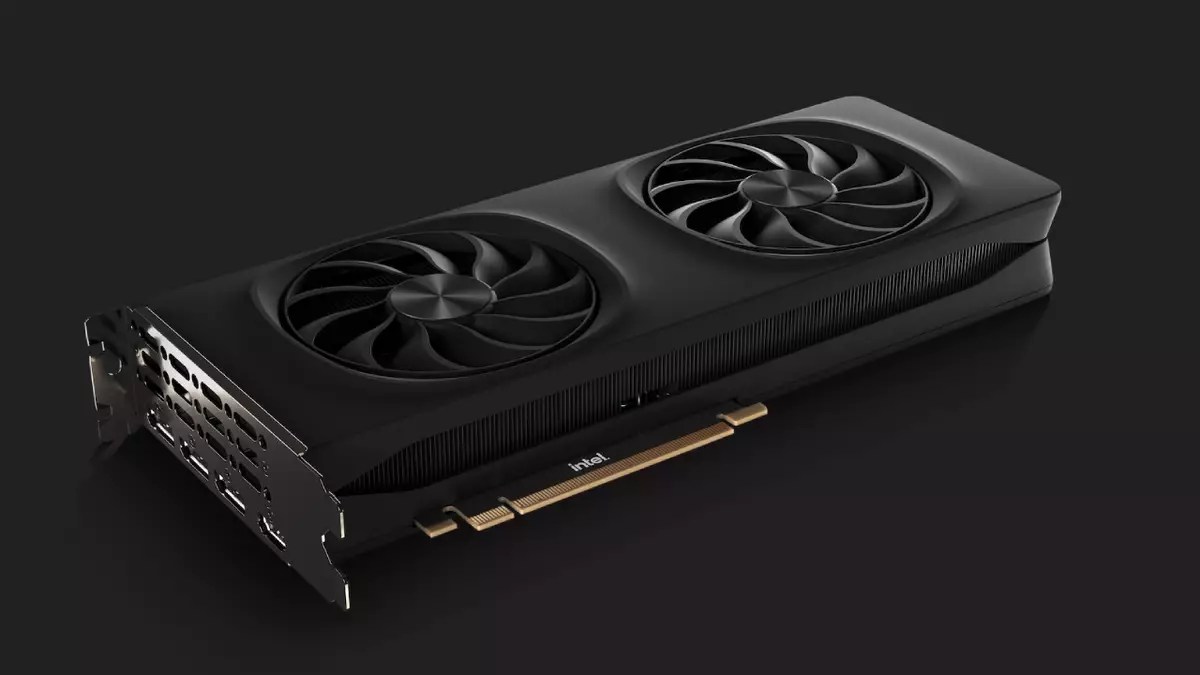The gaming industry has long been dominated by a few key players, particularly Nvidia and AMD, who have consistently pushed the envelope with their graphics processing units (GPUs). However, Intel is stepping into the arena with its second-generation gaming GPUs, branded as Battlemage. This development not only aims to shake up the market but also presents an exciting mix of new technologies that target both features and performance. The initial releases, the Arc B580 and B570 graphics cards, are strategically positioned to compete with Nvidia’s entry-level RTX 4060, which raises a number of questions about Intel’s ambitions and their overall strategy in the graphics space.
Intel’s entry into the gaming GPU sector with Battlemage isn’t just about releasing hardware. The underlying technologies they’re introducing indicate a serious intent to create competitive offerings that challenge the status quo. One of the most significant aspects of this release is the upgraded version of Intel’s upscaling technology, dubbed XeSS 2. Notably, this version introduces frame generation—a functionality that puts it in direct competition with Nvidia’s signature DLSS (Deep Learning Super Sampling).
With frame generation now part of the equation, Intel is looking to appeal to gamers who value higher frame rates and smoother graphics. By utilizing advanced algorithms including motion vectors and depth information, the technology enhances visual performance by generating intermediate frames. This capability may very well represent a turning point for Intel, granting them an edge in the competitive landscape where AI-powered enhancements are becoming increasingly crucial for graphical fidelity and performance.
Intel’s Battemage cards claim impressive performance statistics, particularly with the recently introduced XESS 2. For instance, while running the demanding F1 24 game at 1440p, users can expect a performance boost from 48 fps to an astonishing 186 fps when leveraging the highest performance modes. Such figures depict a transformative change, a 3.9x uplift that could very well lure gamers seeking high-performance, visually stunning experiences.
Even at maximum visual fidelity settings, the cards promise enhanced gaming performance, increasing frame rates significantly. This duality of being able to cater to both performance enthusiasts and those seeking high-quality visuals is a smart strategy on Intel’s part, especially considering how performance metrics often play a pivotal role in gaming experiences today.
Reducing Latency for Optimal Gaming Experience
Another noteworthy feature accompanying the release of Battlemage is XeLL, or Low Latency technology. By addressing the ever-critical issue of latency, Intel claims their newest architecture can cut down response times significantly. While running games below 50 fps, latency can be reduced from a cumbersome 57 milliseconds to a mere 32 milliseconds—an attractive advantage for hardcore gamers that demand real-time responsiveness.
Moreover, XeLL is designed to mitigate the additional latency that may arise when utilizing frame generation. This angle is particularly intriguing as it allows gamers to enjoy smoother animations without sacrificing responsiveness, creating a balanced gaming environment that could be significantly beneficial during competitive play. This harmony of features positions Intel as a notable contender.
Despite the promising specs and features, a crucial point of concern remains regarding how these technologies will perform in practical scenarios. Will XeSS 2 provide graphics quality on par with Nvidia’s DLSS and AMD’s FSR? Real-world performance and visual fidelity remains to be seen and will likely shape the perception of Intel’s offerings amongst gaming communities.
Moreover, while Intel seems to have laid a solid technological foundation with Battlemage, the company still faces the herculean task of building brand credibility in gaming graphics, an arena where history and consumer loyalty have long been in favor of Nvidia and AMD. With Battlemage, Intel isn’t merely entering the market—they’re attempting to gain relevance in a competitive space through innovation and technically rich offerings.
Intel’s Battlemage graphics cards represent an ambitious leap into the gaming GPU landscape, showcasing impressive specifications and technology. Whether they will overcome the historical advantages held by established competitors remains to be seen, but there’s no denying that Intel has entered the fray with serious intent.


Leave a Reply